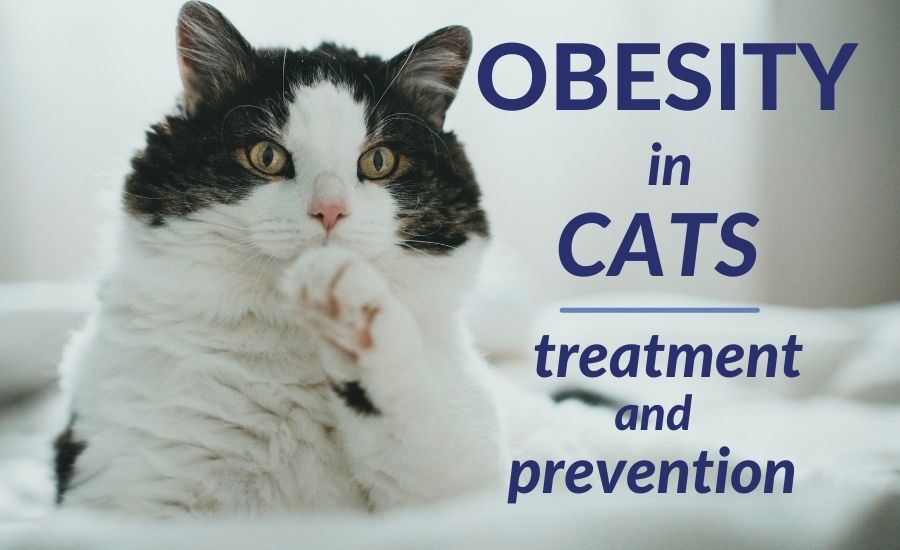Obesity in the feline pet population, as in humans, has become a nationwide problem. The guideline for obesity is 20 percent or more above the normal weight range, and veterinarians are seeing more felines that fall into this category. Just as in humans, obesity can have negative effects on health. If your beloved cat is putting on the pounds, it’s time to look into an effective dieting strategy to help him or her get back to a trim and healthy weight.
Health Problems Linked to Obesity
Obesity is associated with a wide range of feline health problems that include joint disorders, diabetes, respiratory disorders, and urinary issues. Carrying the extra weight can shorten your cat’s life by as much as two years. A trim, more active cat will have a higher quality of life and will be around for you to enjoy for a longer period of time.
What Makes Cats “Fat”?
Certain factors contribute to weight gain, such as high carbohydrate consumption, food available throughout the day, low exercise levels, and slow metabolism due to aging. Sometimes, hormone or metabolic problems can also lead to weight gain. Convenient portions of processed cat food may make feeding easier, but these products can often contain high levels of fat, carbohydrates, and even sugar that contribute to weight problems.
In nature, felines must use their energy to hunt in order to receive their food, but this physical activity does not occur for most indoor cats. Cats also learn to beg for food and treats, which their human owners often happily provide. Together, these factors lead to a problem of taking in more calories than are expended with movement, and thus, leads to obesity.
Talking To the Vet About Your Cat’s Weight Problem
Up to 50 percent of today’s felines have a weight problem. Because the problem has become so widespread, veterinarians are happy to provide advice and information to help your cat trim down and be healthier. Generally, vets will recommend low-fat, high protein, and high fiber food that will provide lower calories, but plenty of satisfaction and energy for your pet. A number of commercial foods are available for weight management, and your vet can also provide prescription food, if advisable. The vet will also recommend avoiding commercially prepared cat treats, which are often high in sugar. If you feel your cat deserves a treat, ask one of our veterinarians what a recommended treatment may be.
Increasing Activity Levels
Exercise is also important in losing weight. You can help by providing toys that help stimulate movement and mental activity. Laser lights, cat condos, and toys on wands that can be “hunted” will help your cat be more active. Schedule a short playtime in the evening each day, and you will find your cat looks forward to these periods of your undivided attention.
Changing your cat’s eating habits usually means changing the cat owner’s habit of food purchasing, treat-dispensing, and lack of daily activity for the animal. Your cat will quickly adjust to these changes, and your efforts will pay off with a happier, healthier feline companion.
If you ever have questions about your favorite feline’s health, please do not hesitate to reach out to our Minnesota Veterinary Hospital team.
Image credit: Pexels

